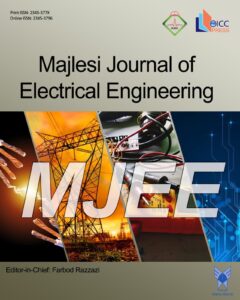Hardware in the Loop Simulation and Hierarchical Predictive Control of a TWPTR
Authors
Abstract
In this paper, we use a nonlinear hierarchical model predictive control (MPC) to stabilize the Segway robot. We also use hardware in the loop (HIL) simulation in order to model the delay response of the wheels' motor and verify the control algorithm. In Two-Wheeled Personal Transportation Robots (TWPTR), changing the center of mass location and value, the nonlinearity of the equations, and the dynamics of the system are topics complicating the control problem. A nonlinear MPC predicts the dynamics of the system and solves the control problem efficiently, but requires the exact information of the system models. Since model uncertainties are unavoidable, the time-delay control (TDC) method is used to cancel the unknown dynamics and unexpected disturbances. When TDC method is applied, the results show that the maximum required torque for engines is reduced by 7%. And the maximum displacement of the robot has dropped by 44% around the balance axis. In other words, robot stability has increased by 78%. Due to the cost of implementing control in practice, this research runs the HIL simulation for the first time. The use of this simulation helps in implementing the control algorithms without approximation, and also the system response can be discussed in a more realistic way.



